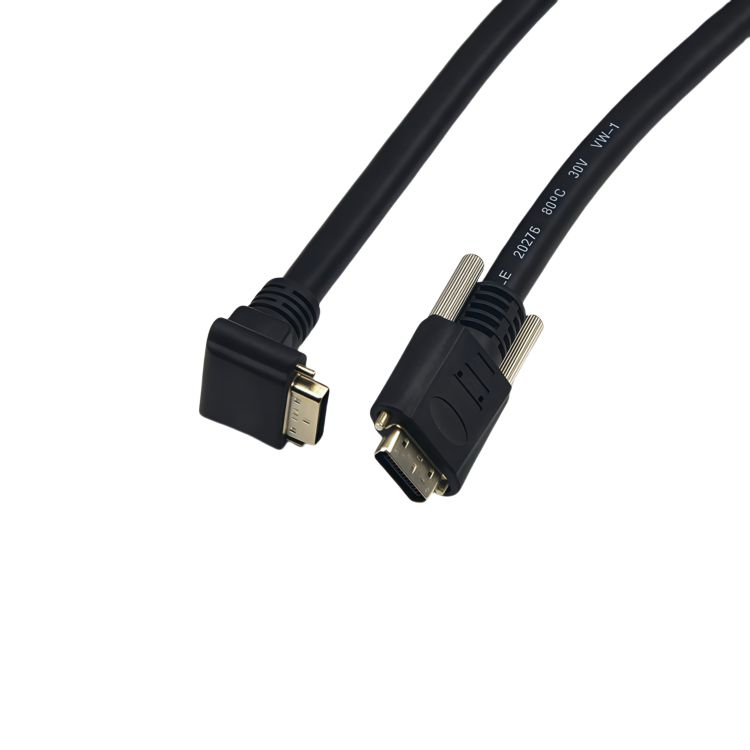Flexible & Bend-Resistant Vision Cable | High-Performance Imaging...
Meta Description: Discover the Flexible & Bend-Resistant Vision Cable, engineered for precision imaging in demanding environments. Durable, reliable, and built to last. Perfect for industrial, medical, and robotic applications. Int.












